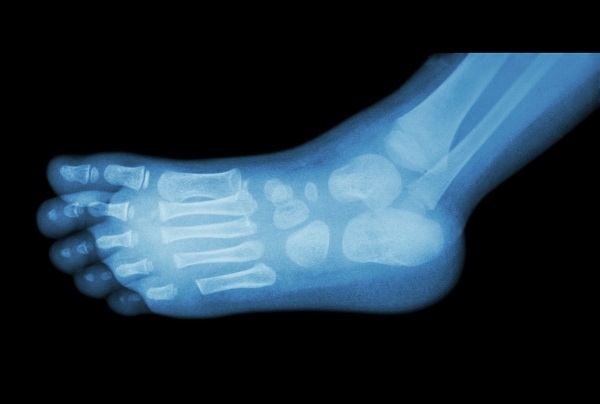Research at SickKids shows the vast majority of paediatric ankle injuries are low risk and don’t require X-rays during emergency department visits.
A new toolkit developed by The Hospital for Sick Children (SickKids) in association with Choosing Wisely Canada, an international initiative to question unnecessary medical care that is embedded in SickKids 2025, can help reduce the number of unneeded ankle X-rays and send patients and families home faster.
With the warmer weather upon us, we can expect an increase in paediatric ankle injuries coming to emergency departments. However, the vast majority are low-risk, soft-tissue injuries (i.e., sprains), or clinically minor fractures that have been shown to heal without specific intervention or orthopaedic follow-up. A common approach to investigating ankle injuries is to obtain an X-ray to look for a fracture, but new SickKids-led research shows there’s a better alternative that also uses less time and fewer resources.
The study, led by Dr. Kathy Boutis, Staff Emergency Physician and Senior Associate Scientist at SickKids, shows that by applying the Low Risk Ankle Rule (LRAR), X-rays could be reduced by as much as 60 per cent without missing any significant injuries. LRAR also shows that most simple ankle fractures can be managed very similarly to ankle injuries without fractures, such as with ice, anti-inflammatory medication, compression bandages and rest.
SickKids has packaged this approach into a quality improvement toolkit to help other centres reduce unnecessary low-risk ankle imaging at paediatric emergency departments everywhere.
Since 2016, the SickKids Choosing Wisely initiative has campaigned to reduce unnecessary ankle X-rays using a combination of educational outreach and electronic health system tools to encourage use of the LRAR. In doing so, there has been a sustained reduction in ankle X-rays in patients coming to the Emergency Department with ankle injuries, from over 90 per cent to about 65 per cent. This means some patients can avoid unnecessary (though very minimal) exposure to the radiation of an X-ray and can help get patients and families home faster. Additionally, there was no evidence of an increase in return visits or missed important fractures when the LRAR was applied.
The “Say Nay to the X-Ray” toolkit contains the key ingredients of SickKids’ approach to reduce unnecessary low-risk ankle imaging and is available in English and French.
This article was provided by the Hospital for Sick Children.


